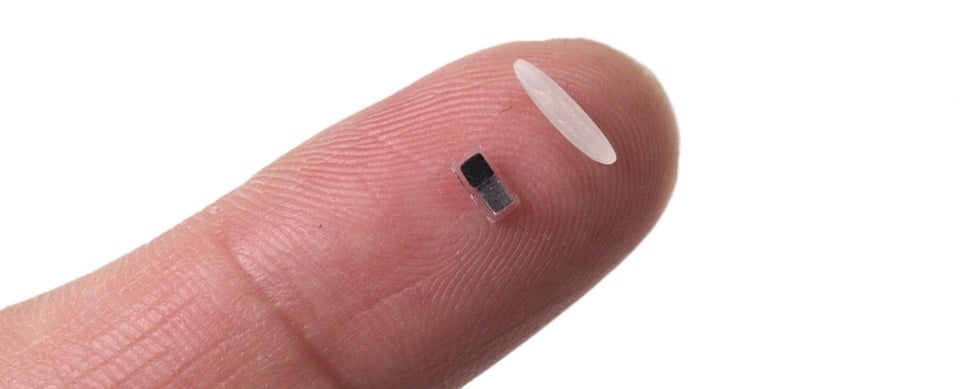 |
A new pacemaker sits next to a grain of rice. Photo: John A. Rogers/Northwestern University . |
According to research published on April 2 in the journal Nature , engineers at Northwestern University, USA, have successfully developed a microscopic pacemaker that can be inserted into a patient's body without surgery.
The newly developed pacemaker is completely wireless. Measuring just 1mm thick and 3.5mm long, the device can be injected into the body using a syringe. It is also designed to biodegrade after it has completed its task, completely eliminating the need for surgical removal.
The device works in conjunction with a soft patch that is worn on the patient's chest. The patch detects irregular heartbeats and sends out a light signal to control the pacemaker.
When the patch detects an irregular heartbeat, it automatically emits pulses of light to activate the pacemaker. These short pulses of light, which can penetrate the patient's skin, sternum and muscles, are responsible for controlling the heart rate.
This pacemaker is designed for patients who only need temporary pacing support. Once it has completed its function, the pacemaker is biodegradable. All components are biocompatible, allowing them to dissolve naturally into the body's biological fluids.
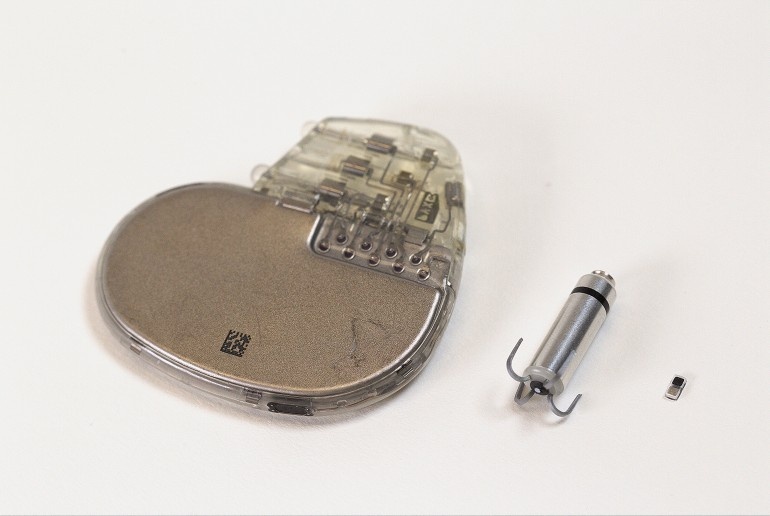 |
From left: Traditional pacemaker, wireless pacemaker and new pacemaker. Photo: Northwestern University. |
Although the device is still in development and needs many more years of research before it can be tested on humans, experts consider it a "breakthrough" that promises to open up remarkable advances in the field of medicine.
Millions of patients worldwide currently use permanent pacemakers, devices that stimulate the heart with electrical impulses to maintain a steady rhythm. The US team behind the new invention says its goal is to help the 1% of babies born with congenital heart defects who need temporary pacemakers during the post-operative period.
The device also offers hope for adult patients recovering from heart surgery. Current temporary pacing methods require surgery to attach electrodes to the heart muscle, connected to an external power source.
Removing electrodes after they are no longer needed can cause harm to the patient. The case of astronaut Neil Armstrong, who died of internal bleeding after having a temporary pacemaker removed in 2012, illustrates these risks.
Laboratory testing on mice, rats, pigs, dogs and human heart tissue demonstrated reliable performance of the device.
Professor John Rogers, the study's lead author, expects the device to be ready for human trials within two to three years. His lab has set up a start-up to help accelerate the process.
Mr Rogers believes the technology has the potential to “create unique and powerful strategies to address public health challenges”.
Professor Bozhi Tian, University of Chicago, who also researches light-activated pacemakers but was not involved in this study, assessed this as "a great step forward".
“This new pacemaker is a breakthrough in medical technology. It is a paradigm shift in the field of temporary cardiac pacing and bioelectrical medicine, opening up potential applications far beyond the cardiovascular field, including nerve regeneration, wound healing and smart implants,” he shared.
Source: https://znews.vn/may-tro-tim-sieu-nho-kich-thuoc-tuong-duong-hat-gao-post1543253.html


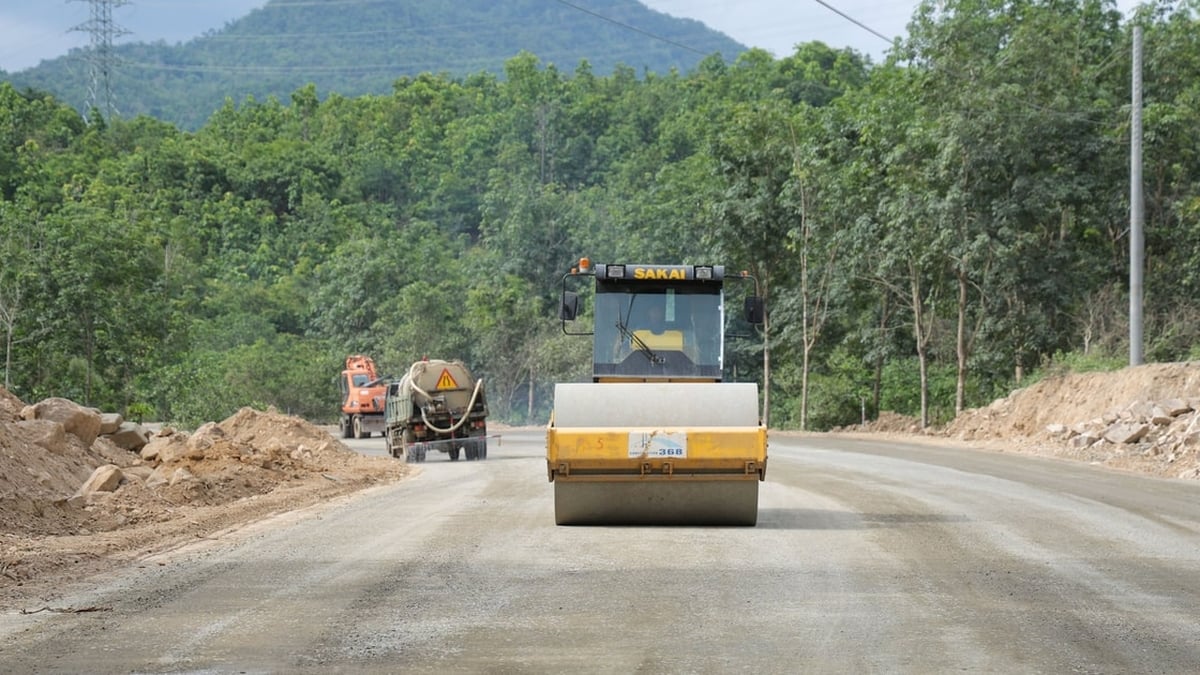

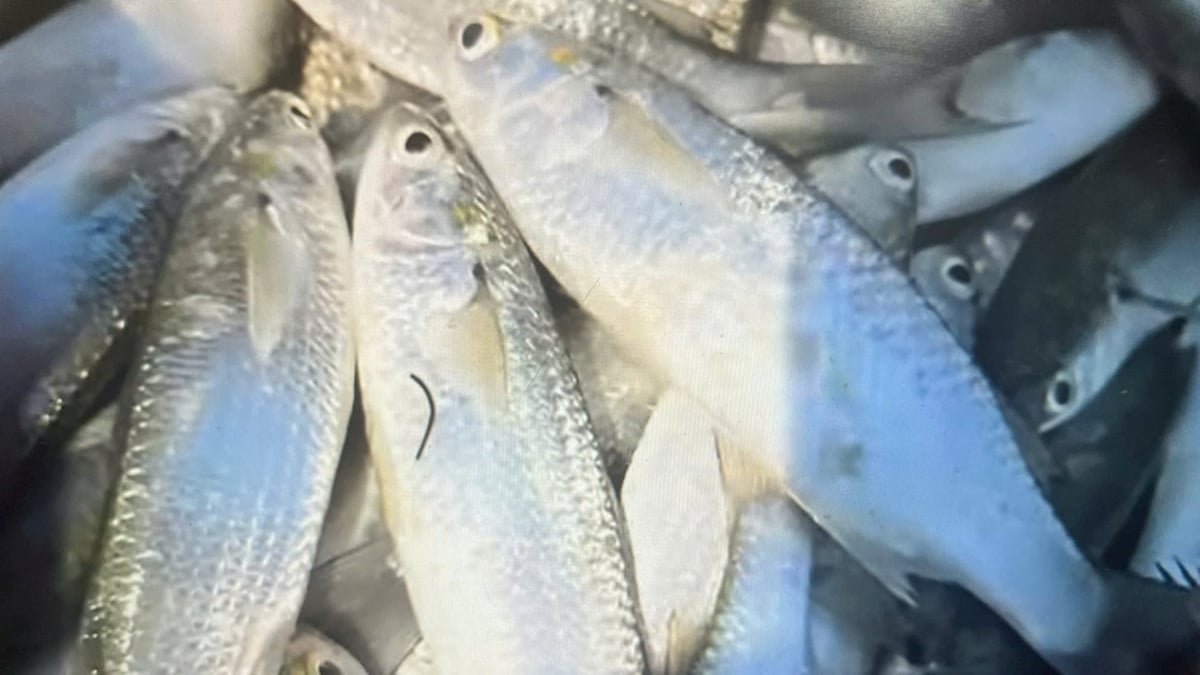


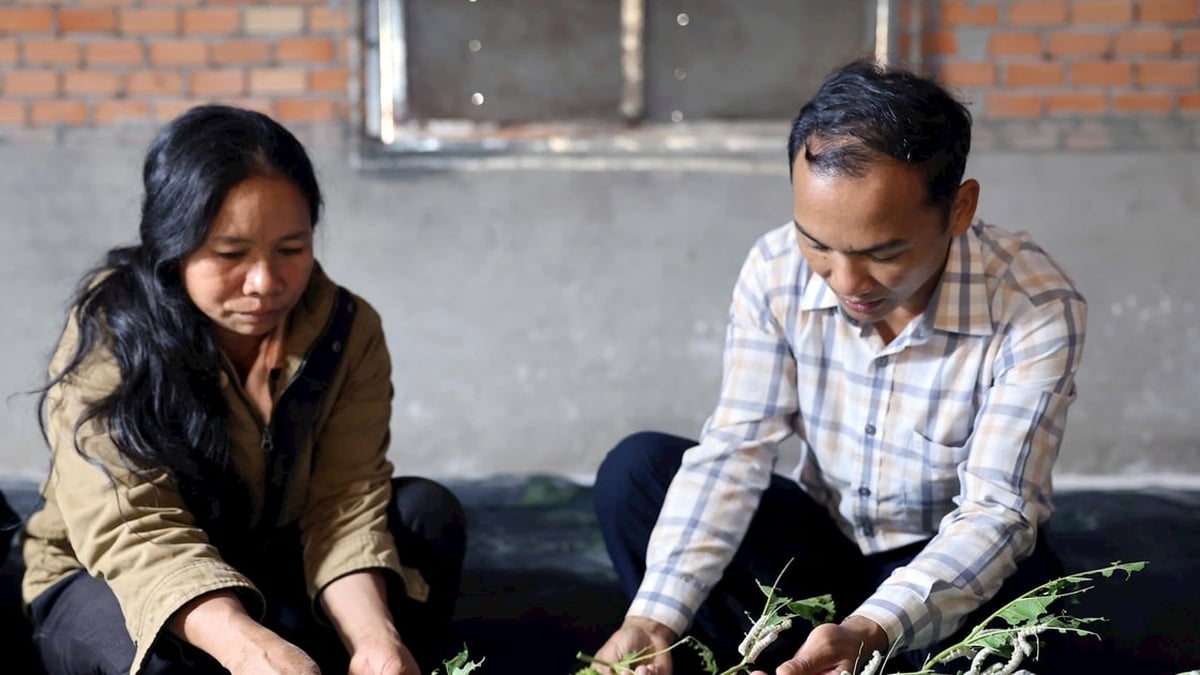
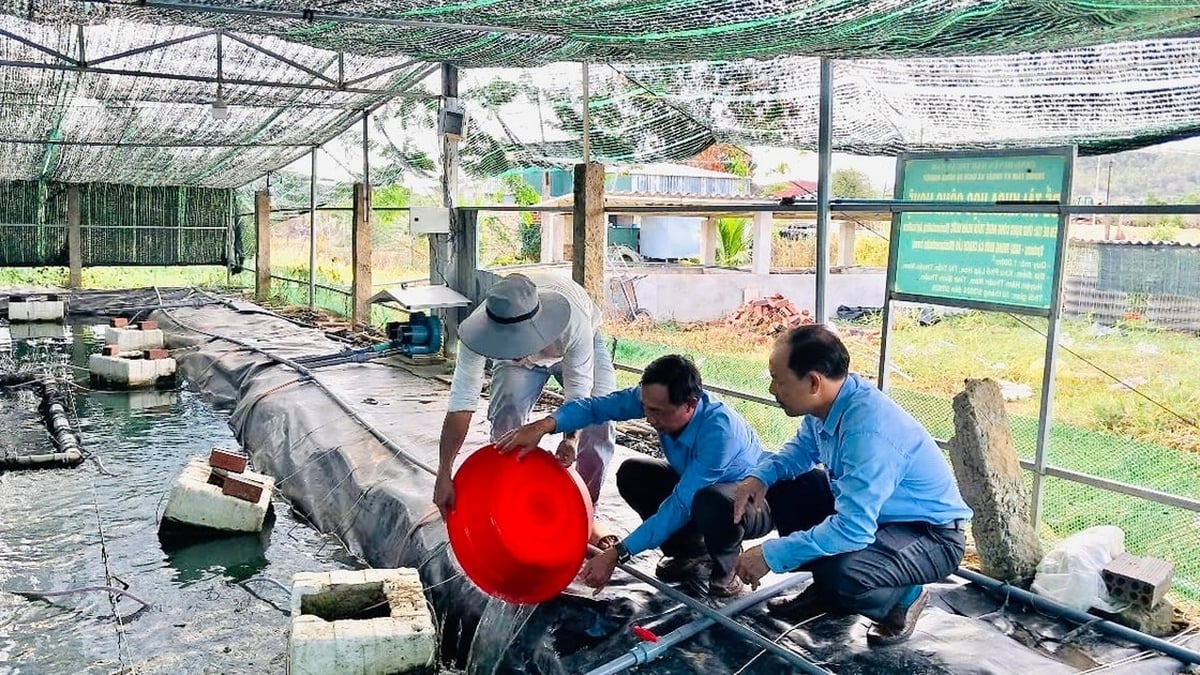


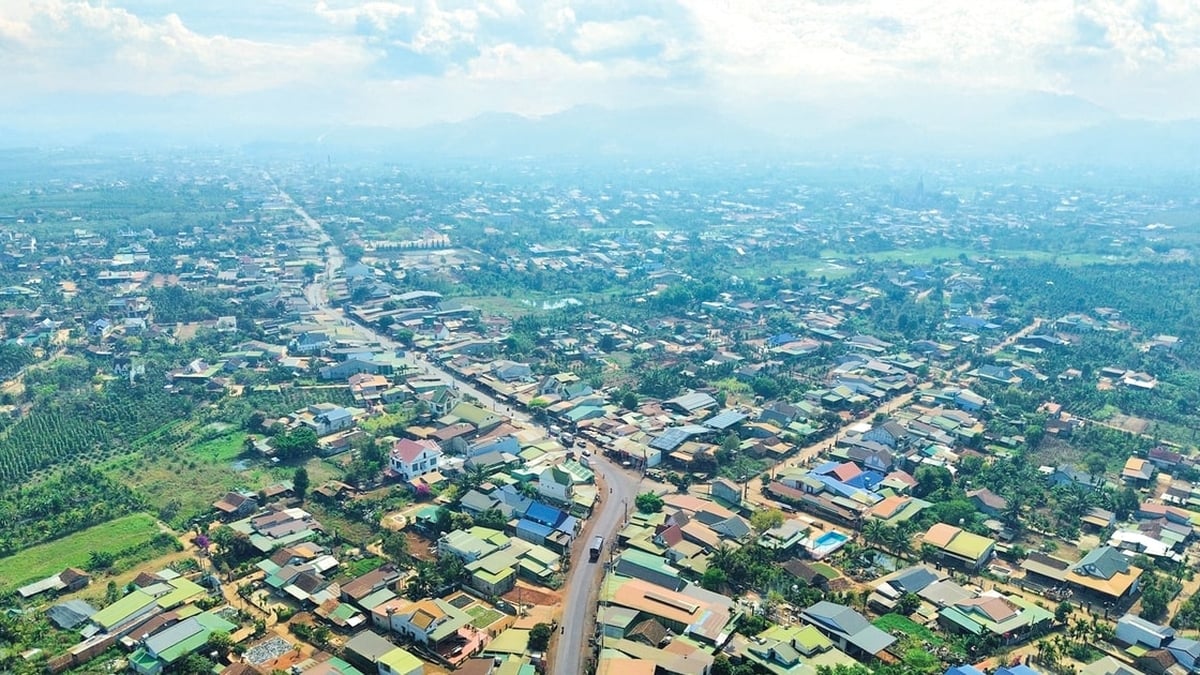






















































































Comment (0)